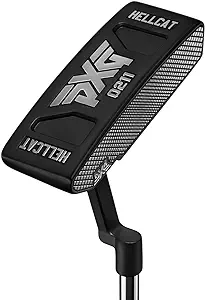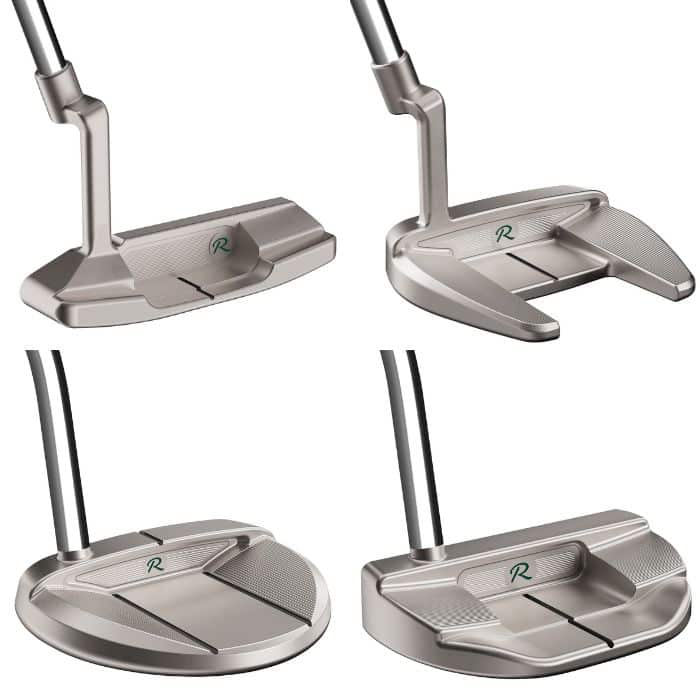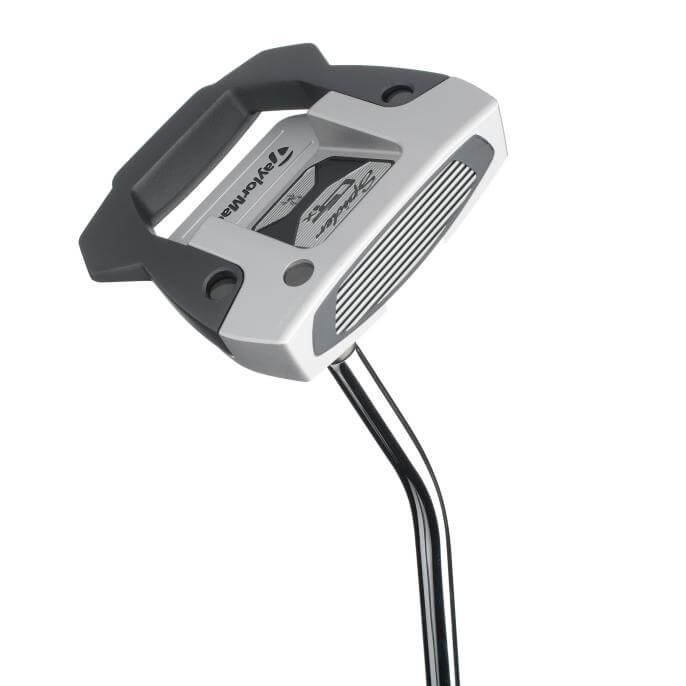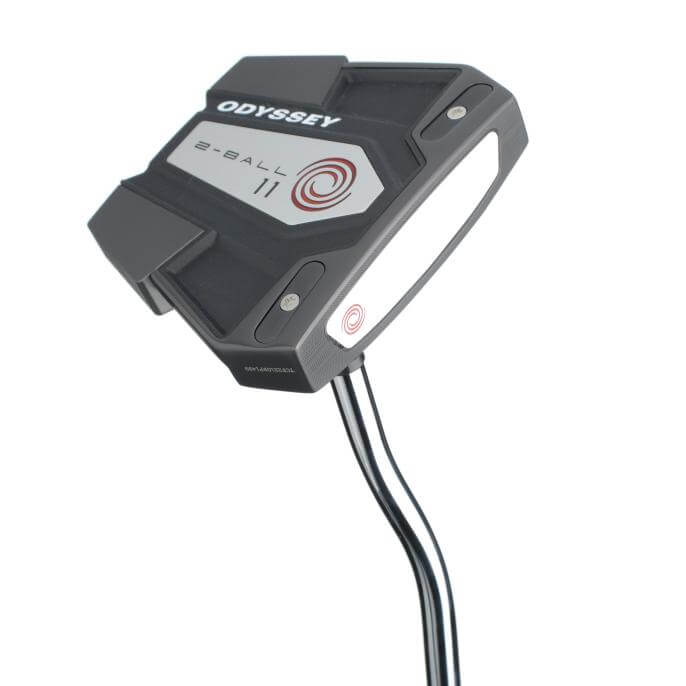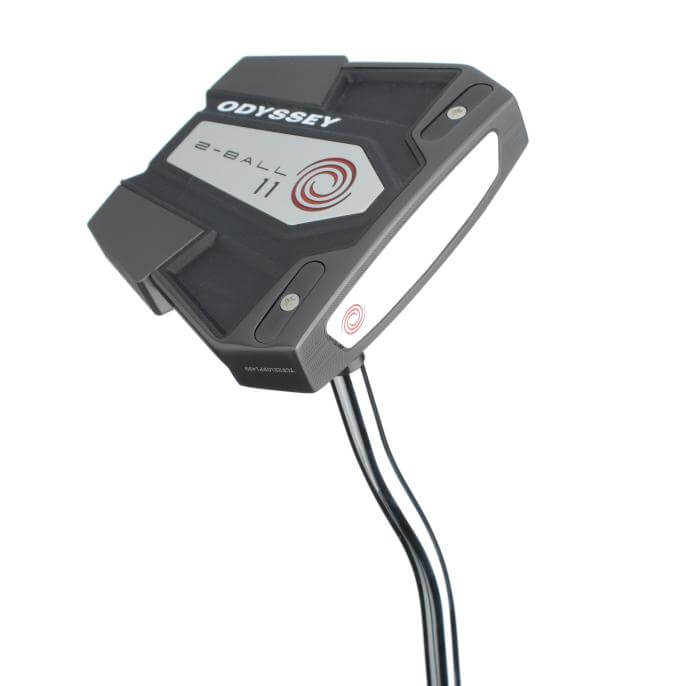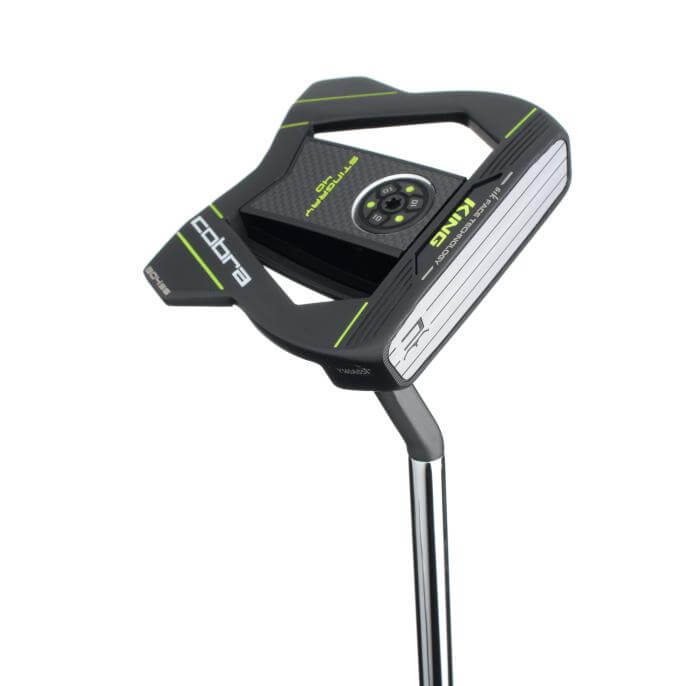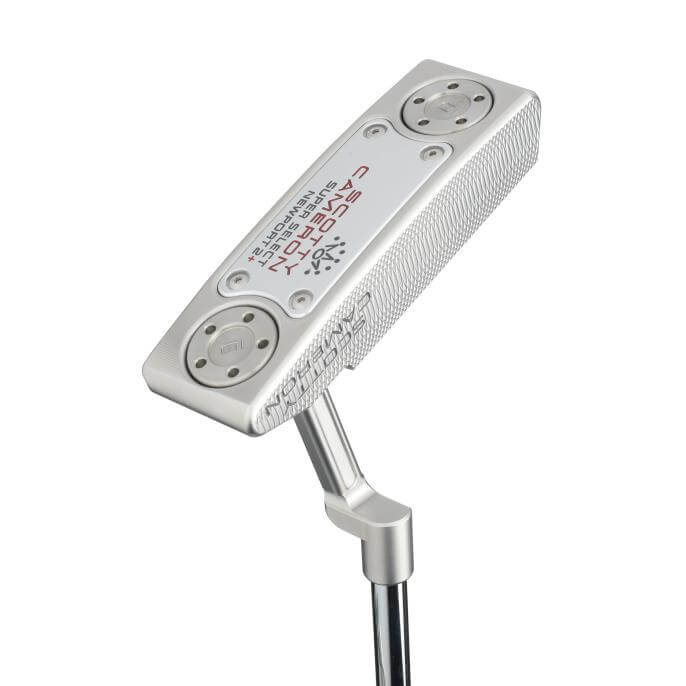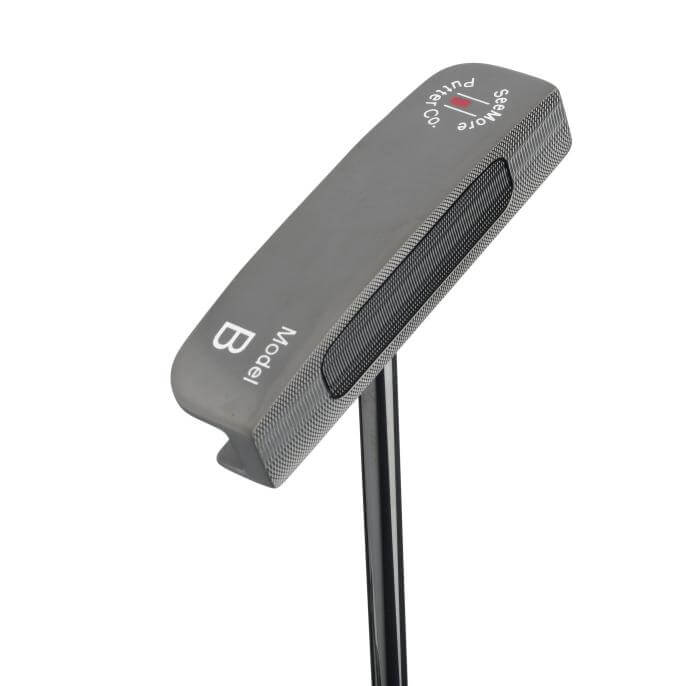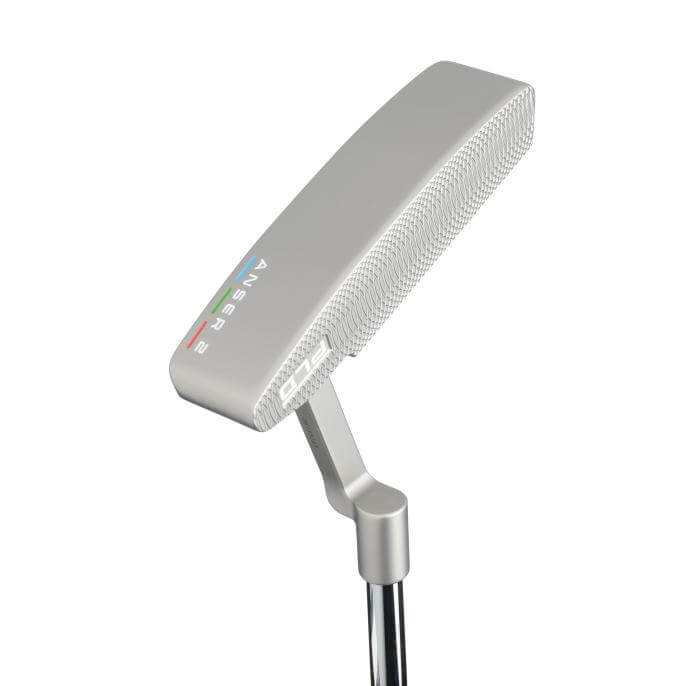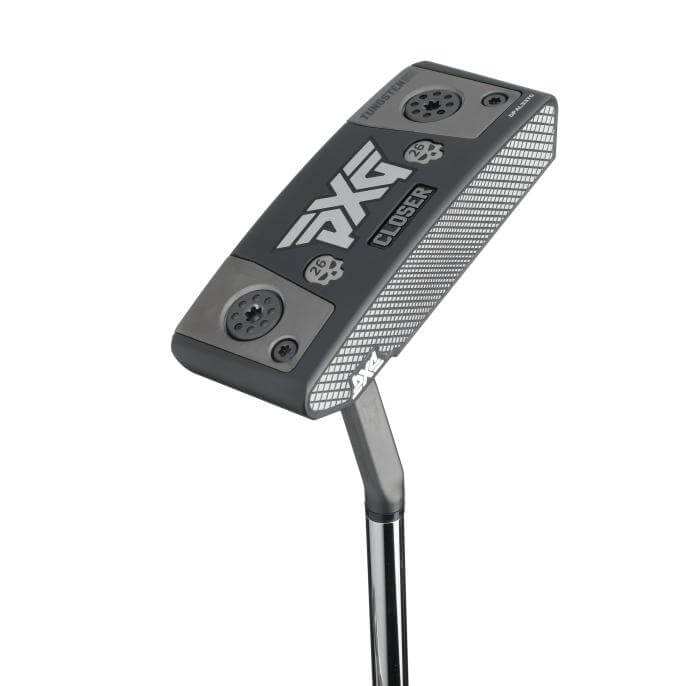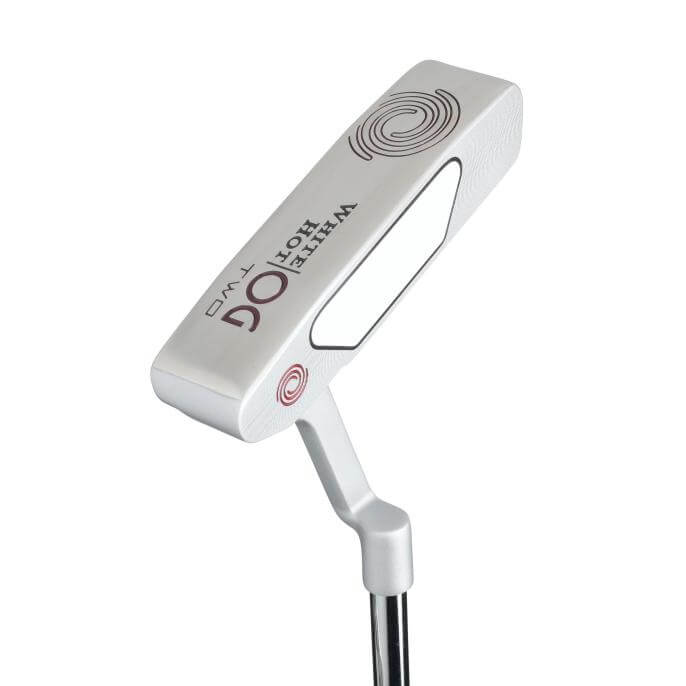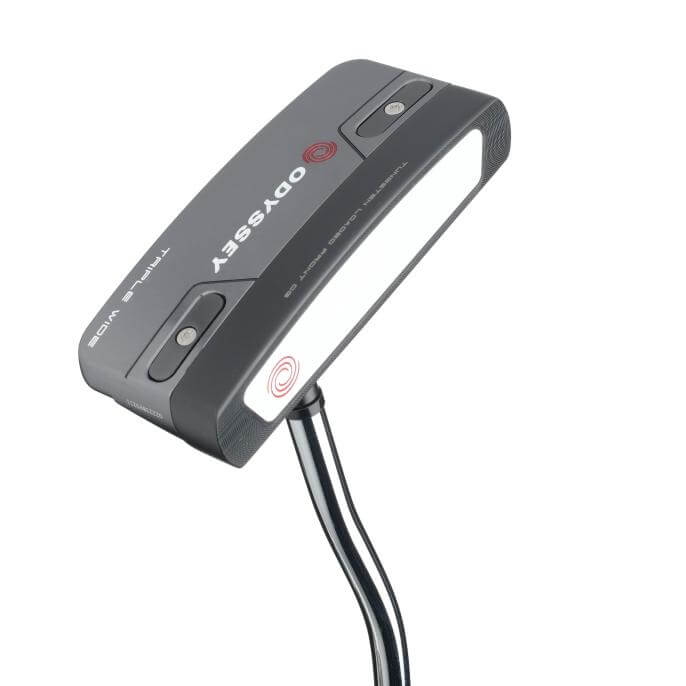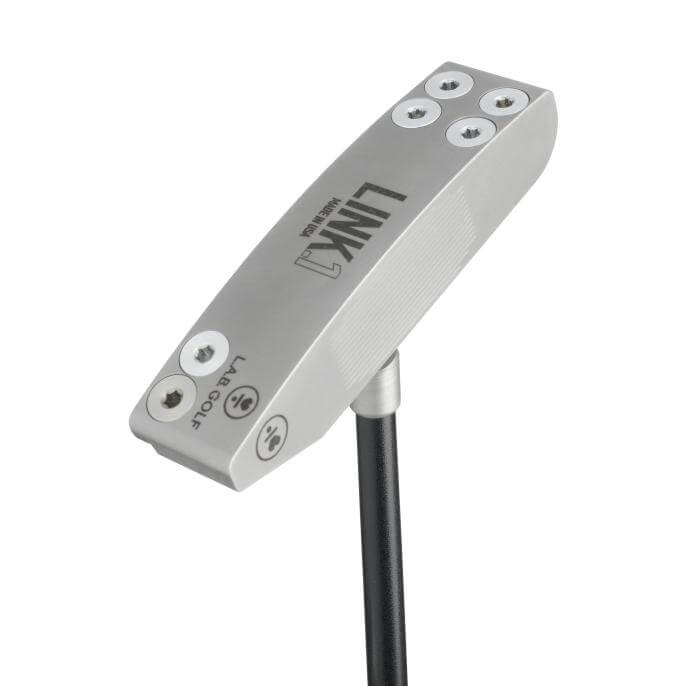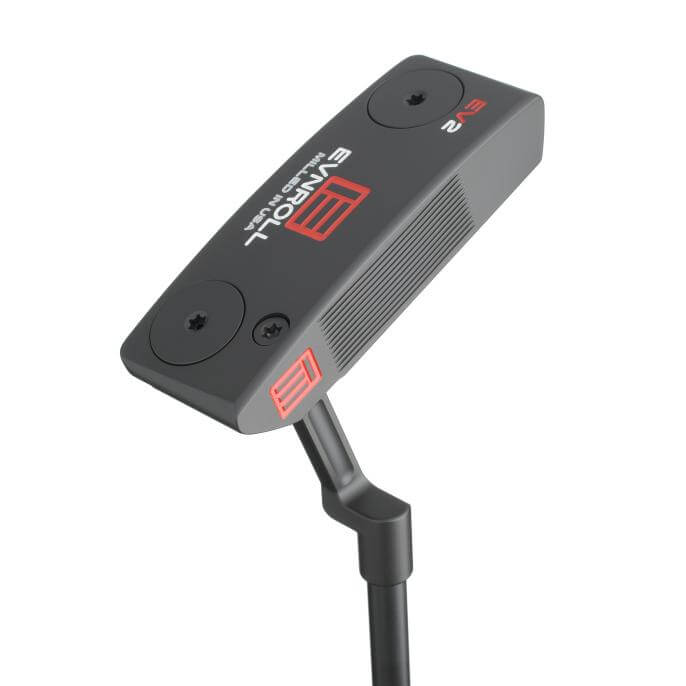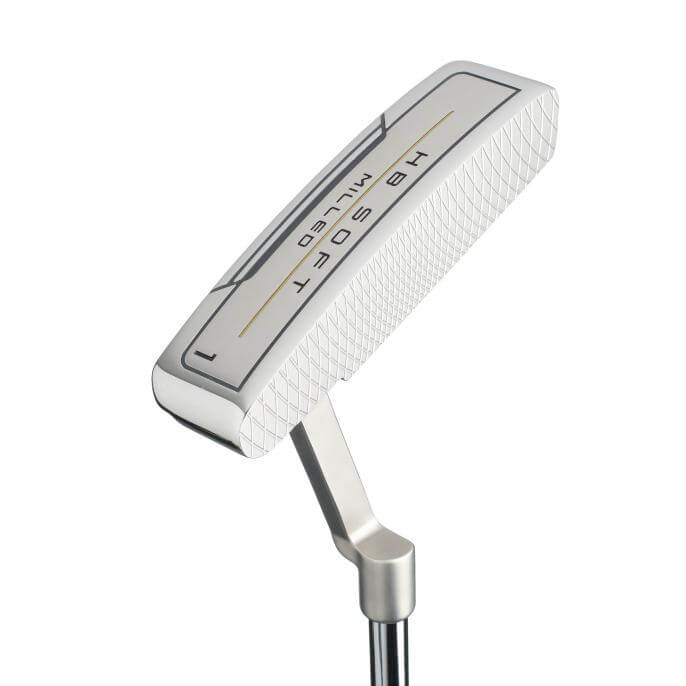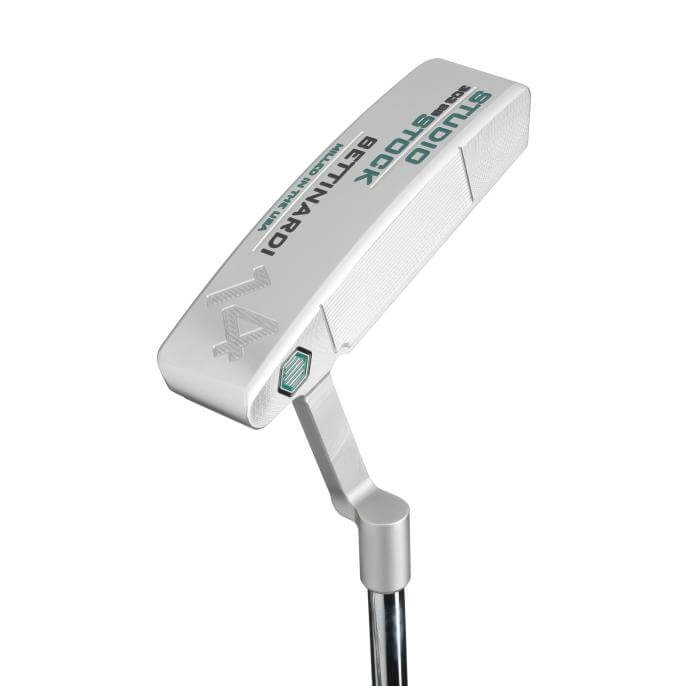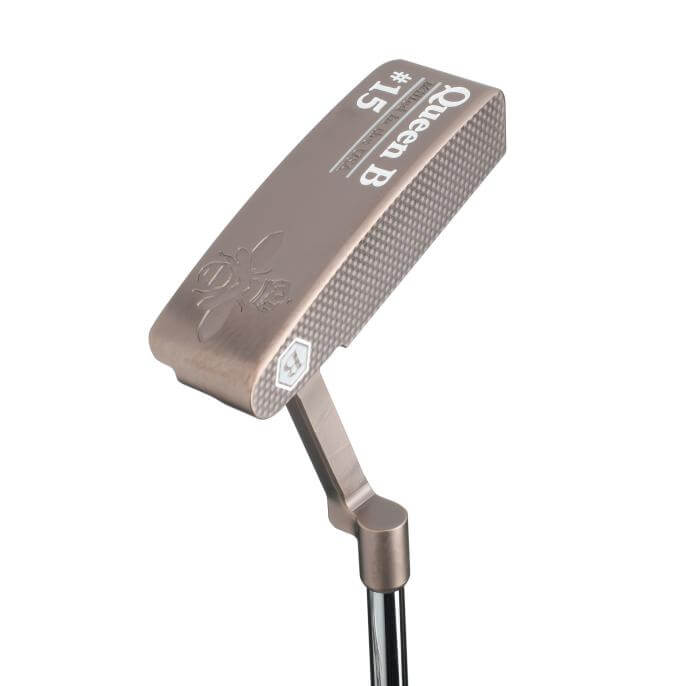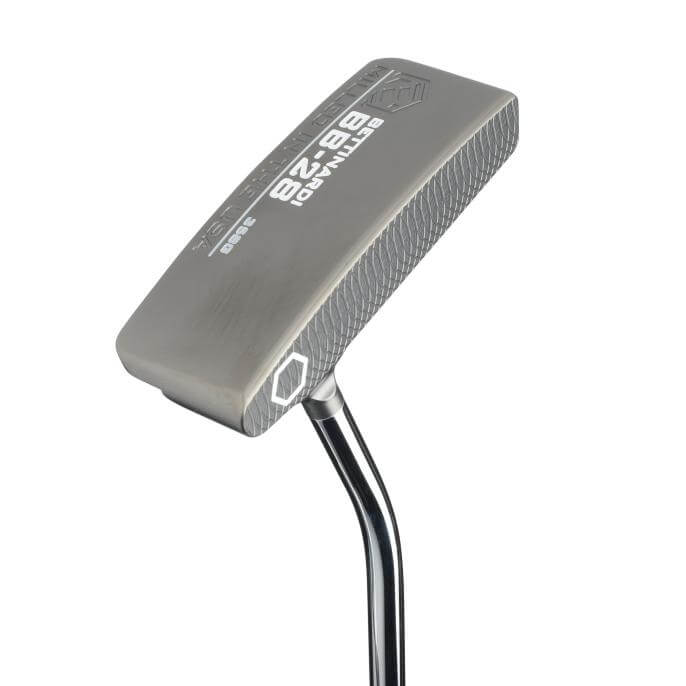Introduction PXG burst onto the golf scene in 2014 with a reputation for high-performance, luxury clubs with a price tag to match. But in 2021, they surprised the industry with...
Continue Reading >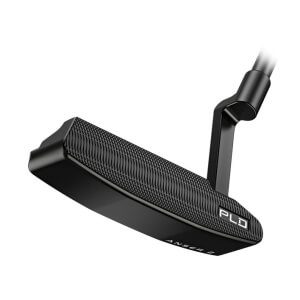 Selecting the right putter is crucial for your golf game, as it can significantly affect your performance on the green.
Selecting the right putter is crucial for your golf game, as it can significantly affect your performance on the green.
How the Right Putter Can Lower Your Score
1. Accuracy
The right putter can help you hit the ball more accurately, which is essential when it comes to making those critical shots on the green. If you’re using the wrong putter, you may find it difficult to hit the ball consistently and accurately, which could cost you strokes.2. Comfort
The putter that feels comfortable in your hands can help you maintain a consistent putting stroke. If your putter is too heavy or too light, or if the grip feels uncomfortable, you may struggle to maintain your putting stroke, leading to poor performance on the green.3. Distance Control
The right putter can help you control the distance of your putts better. If you’re using the wrong putter, you may find it difficult to judge the speed of the ball, which could lead to overshooting or undershooting the hole.4. Confidence
Selecting the right putter can help you build confidence on the green, which is crucial for making those critical putts. If you’re using a putter that you don’t feel confident with, it could affect your performance and your overall enjoyment of the game. In summary, selecting the right putter is crucial for your golf game. It can help you hit the ball more accurately, maintain a consistent putting stroke, control the distance of your putts better, and build confidence on the green. It’s worth investing time and effort into selecting the right putter that feels comfortable and suits your style of play. There are several types of putters, each with its own design and characteristics.Here are some of the most common types of putters
1. Blade Putters
These putters are the most traditional and are characterized by a simple, flat, and rectangular-shaped head with a straight or slightly curved shaft. Blade putters usually have a smaller sweet spot and require a more precise stroke.2. Mallet Putters
These putters have a larger, more forgiving sweet spot and a larger head than blade putters. Mallet putters come in various shapes and designs, including round, square, and even triangular shapes.3. Peripheral Weighted Putters
These putters have weight distributed around the perimeter of the head to increase the moment of inertia (MOI) and reduce twisting on off-center hits. The increased MOI also makes these putters more forgiving on mis-hits.4. Face-Balanced Putters
These putters have a center of gravity that is aligned with the shaft, making them more stable and consistent on straight-back-and-through strokes. Face-balanced putters are ideal for golfers who have a straight putting stroke.5. Toe-Weighted Putters
These putters have most of their weight concentrated on the toe, making them ideal for golfers who have an arc or arcing putting stroke. Toe-weighted putters help promote a smoother, more natural stroke.6. Long Putters
Also known as “belly” putters or “broomstick” putters, these putters have longer shafts that are anchored against the player’s chest or belly. Long putters are generally used by players who struggle with the yips or have trouble with their short game.7. Counterbalanced Putters
These putters have extra weight in the grip or shaft to shift the center of gravity closer to the golfer’s hands. This design helps promote a smoother, more stable stroke and can help reduce wrist action during the putting motion. Ultimately, the choice of putter comes down to personal preference and the golfer’s putting style. Golfers may try out several different types of putters to find the one that works best for their game.Recent Posts
TaylorMade TP Reserve Putter Review
Introduction Avid golfers understand the importance of a reliable and high-performing putter. The TaylorMade TP Reserve Putter is designed to meet these needs and provide golfers with a superior putting...
Continue Reading >TaylorMade Spider GTX Putter Review
Introduction The TaylorMade Spider GTX putter is the latest in the popular Spider line of putters. It features a number of new technologies that are designed to improve forgiveness, feel,...
Continue Reading >Odyssey Versa Putter Review
Introduction The Odyssey Versa putter is a popular choice for golfers of all skill levels. It features a unique black and white alignment system that helps golfers to square the...
Continue Reading >Odyssey Eleven Putter Review
Introduction The Odyssey Eleven putter is a new model for 2023 that features a number of innovative technologies designed to improve performance on the greens. The putter has a multi-material...
Continue Reading >Cobra King Vintage Putter Review
Introduction The Cobra King Vintage putters are a new line of putters from Cobra that are designed to provide golfers with a classic look and feel with modern technology. The...
Continue Reading >Titleist Scotty Cameron Super Select Putter Review
Introduction The Scotty Cameron Super Select putters are the latest line of putters from the legendary putter maker. They feature a number of new and improved features, including a new...
Continue Reading >Seemore PVD Classic Putter Review
Introduction SeeMore is a company that is known for their innovative putter designs and their patented RifleScope Technology (RST). The PVD Classic putters are a new line of putters from...
Continue Reading >Ping PLD Milled Putter Review
Introduction The Ping PLD Milled Putters are a line of putters that are designed to provide tour-level performance and feel. They are milled from forged 303 stainless steel billets and...
Continue Reading >PXG Battle Ready Putter Review
Introduction The PXG Battle Ready putters are a line of high-performance putters that are designed to help golfers of all skill levels make more putts. The putters feature a number...
Continue Reading >Odyssey White Hot OG Putter Review
Introduction The Odyssey White Hot OG putter is a return to the original White Hot insert that was used in Odyssey putters from 1999 to 2004. The original White Hot...
Continue Reading >Odyssey Tri-Hot 5K Putter Review
Introduction The Odyssey Tri-Hot 5K putter is the latest in a long line of successful putters from Odyssey. It features a number of new technologies that are designed to improve...
Continue Reading >L.A.B. Golf Link.1 Putter Review
Introduction The L.A.B. Golf is a relatively new putter company that has quickly made a name for itself with its innovative designs and high-quality materials. The Link.1 is one of...
Continue Reading >EVNROLL V Series Putter Review
Introduction The Evnroll is a golf putter brand that has been known for its innovative “Sweet Face” technology, which is designed to produce consistent roll regardless of where the ball...
Continue Reading >Cleveland HB Soft Milled Putter Review
Introduction The Cleveland HB Soft Milled putter is a premium putter that offers a soft feel, consistent speed, and a sleek design. It is available in a variety of head...
Continue Reading >Bettinardi Studio Stock Putter Review
Introduction The Bettinardi is a well-respected name in the world of golf putters, and their Studio Stock line is one of their most popular offerings. The Studio Stock putters are...
Continue Reading >Bettinardi Queen B Putter Review
Introduction The Bettinardi Queen B putter is a popular choice among golfers of all skill levels. It is known for its classic styling, soft feel, and high performance. The Queen...
Continue Reading >Bettinardi BB Series Putter Review
Introduction The Bettinardi BB Series putters are a line of high-end mallets that are known for their premium construction, soft feel, and tour-proven performance. The series was first introduced in...
Continue Reading >
